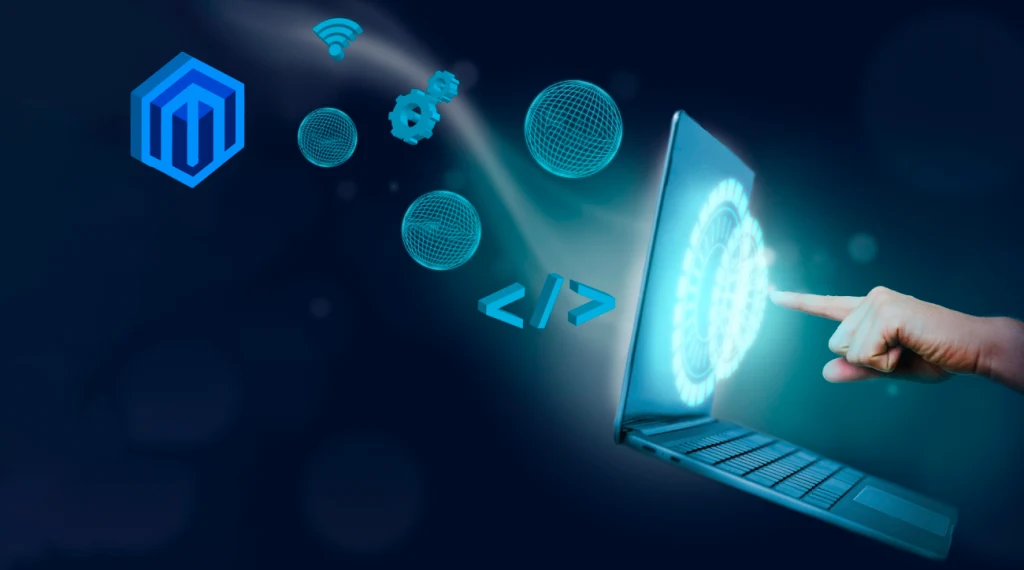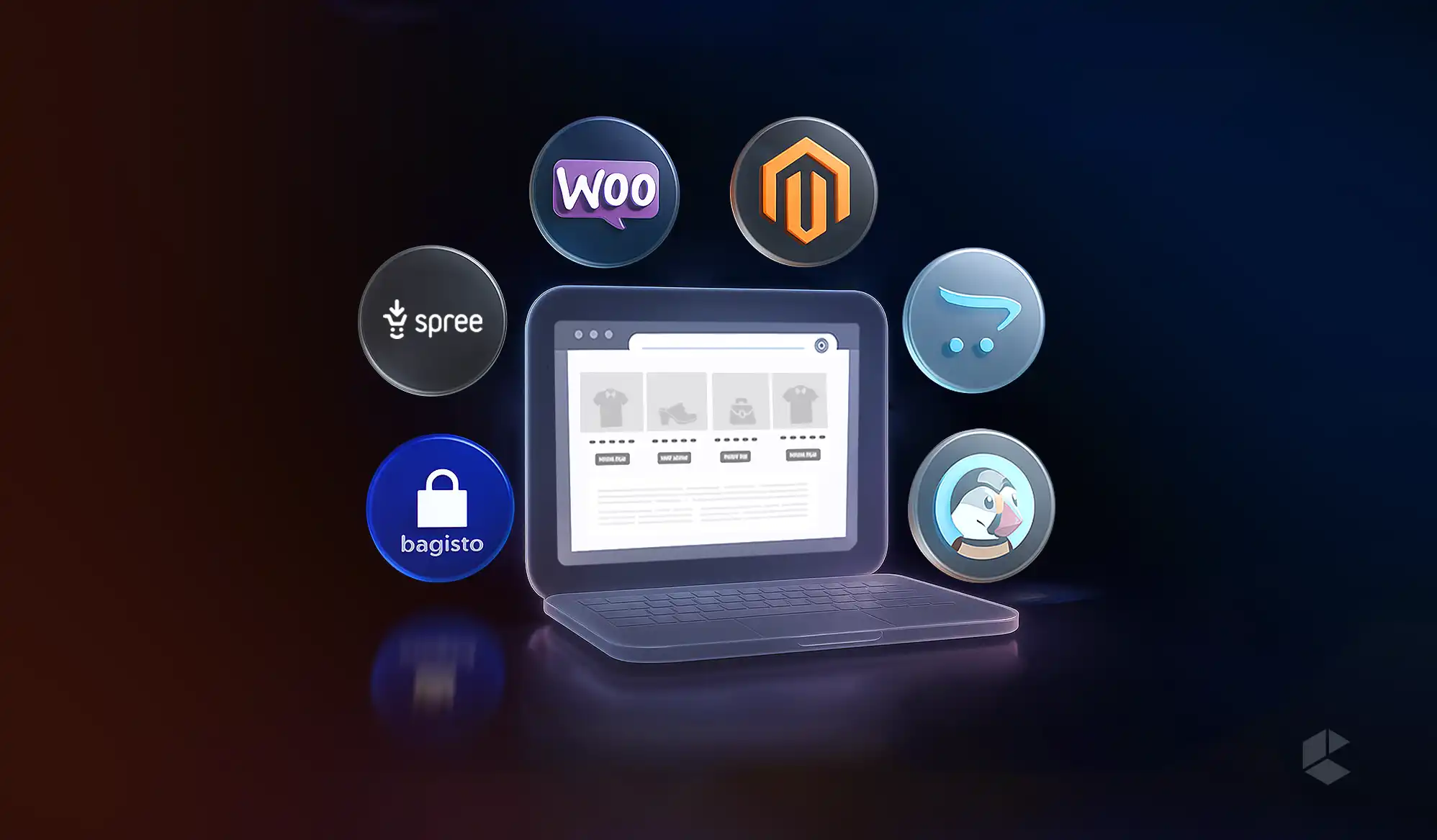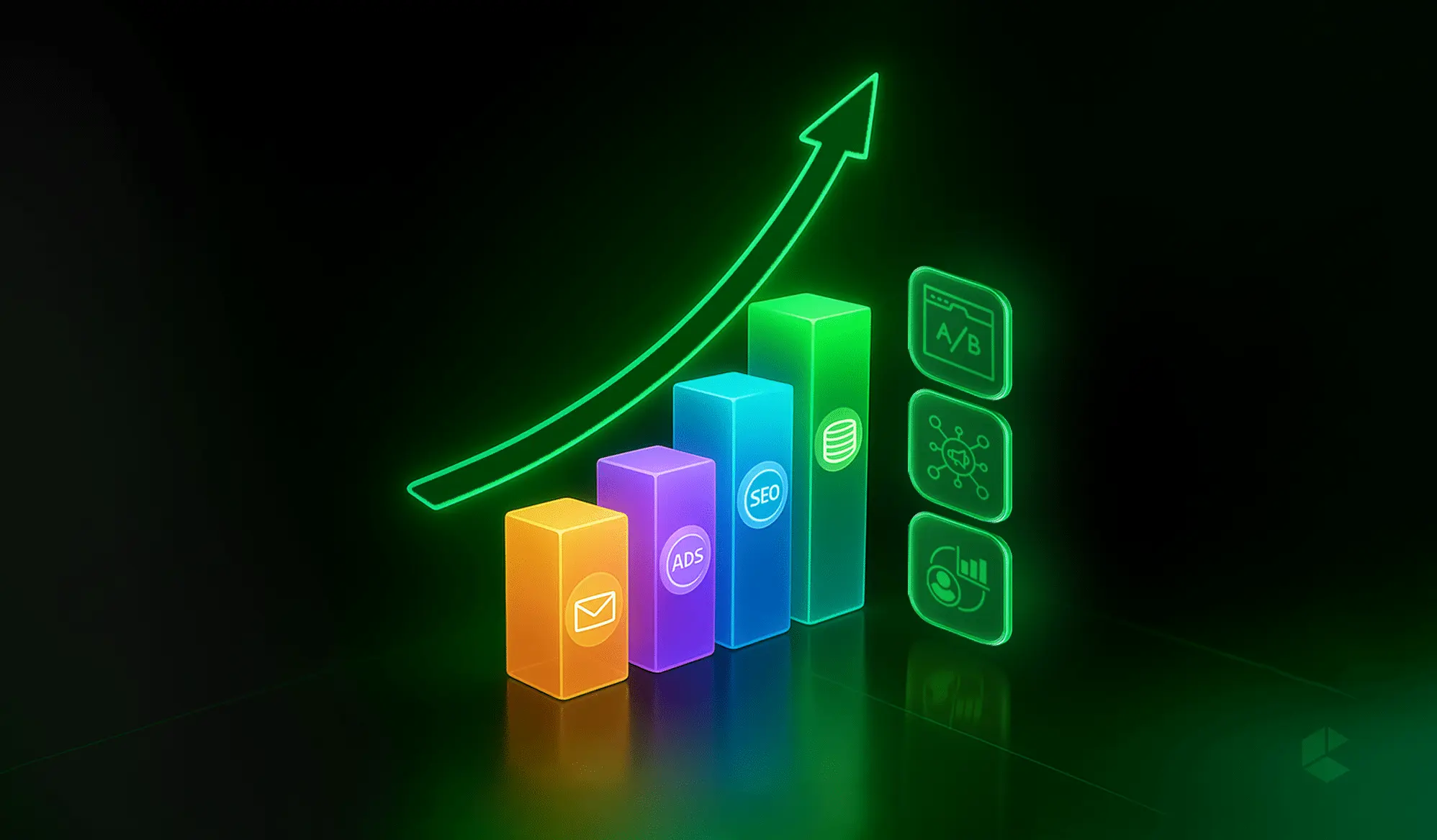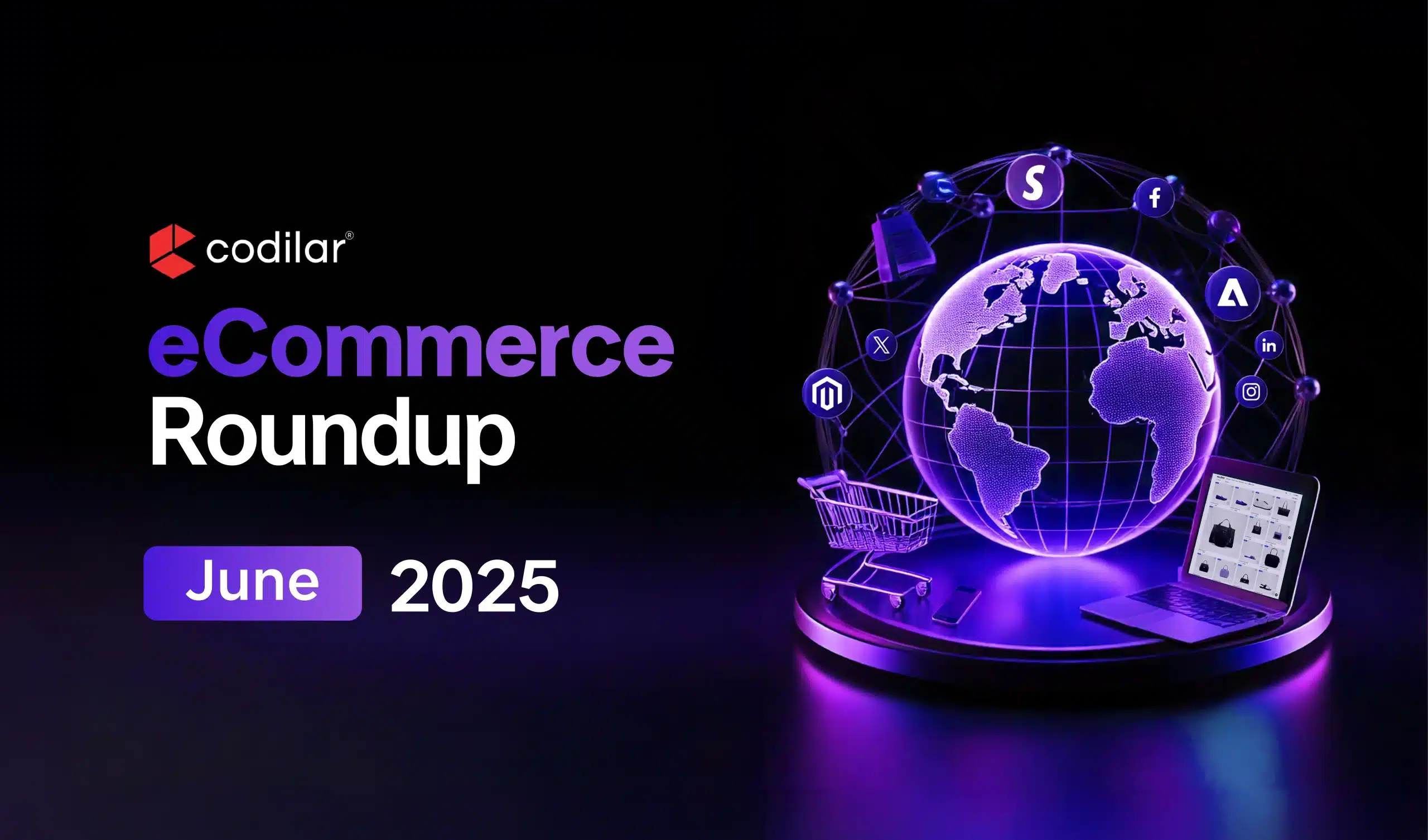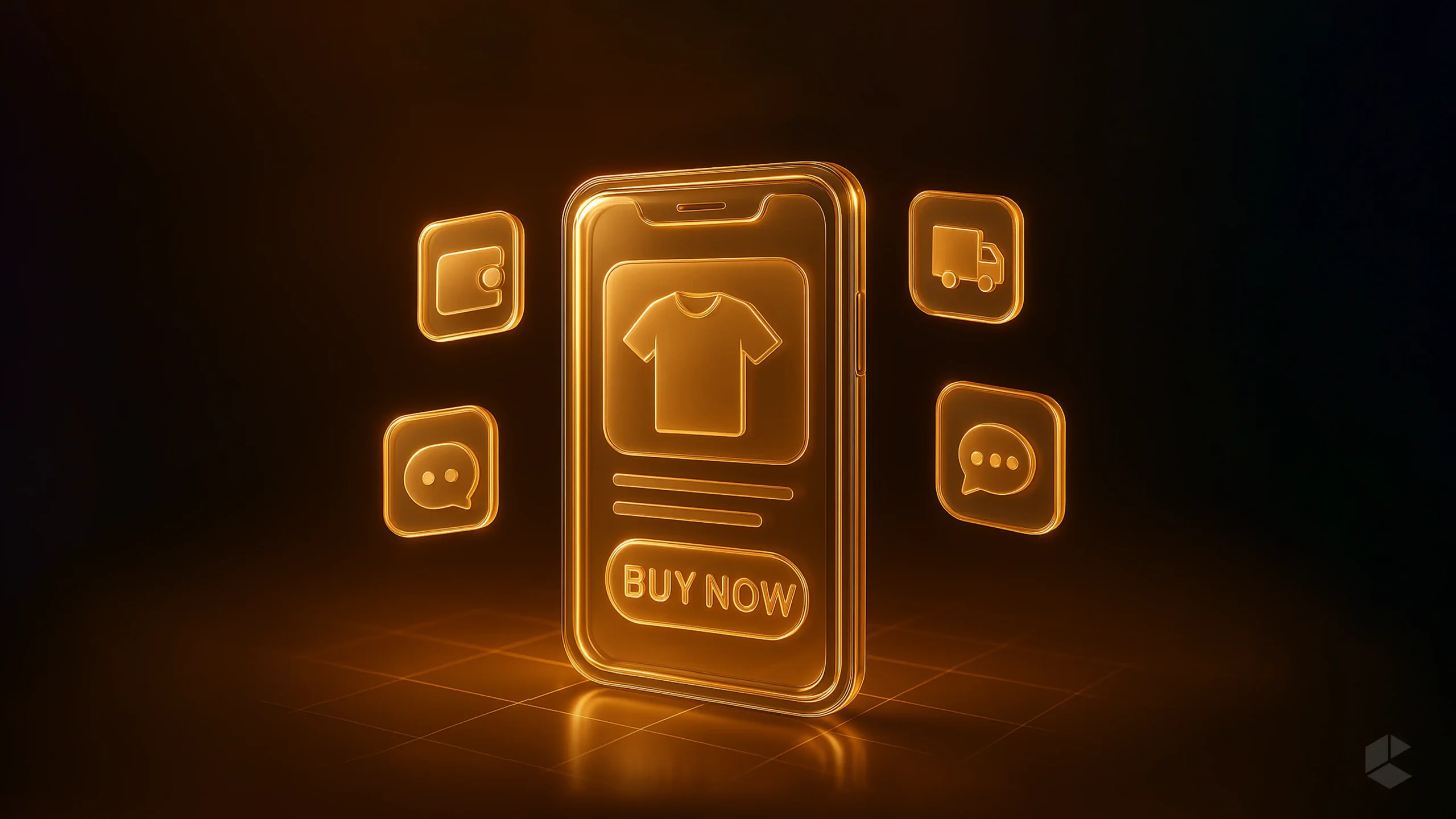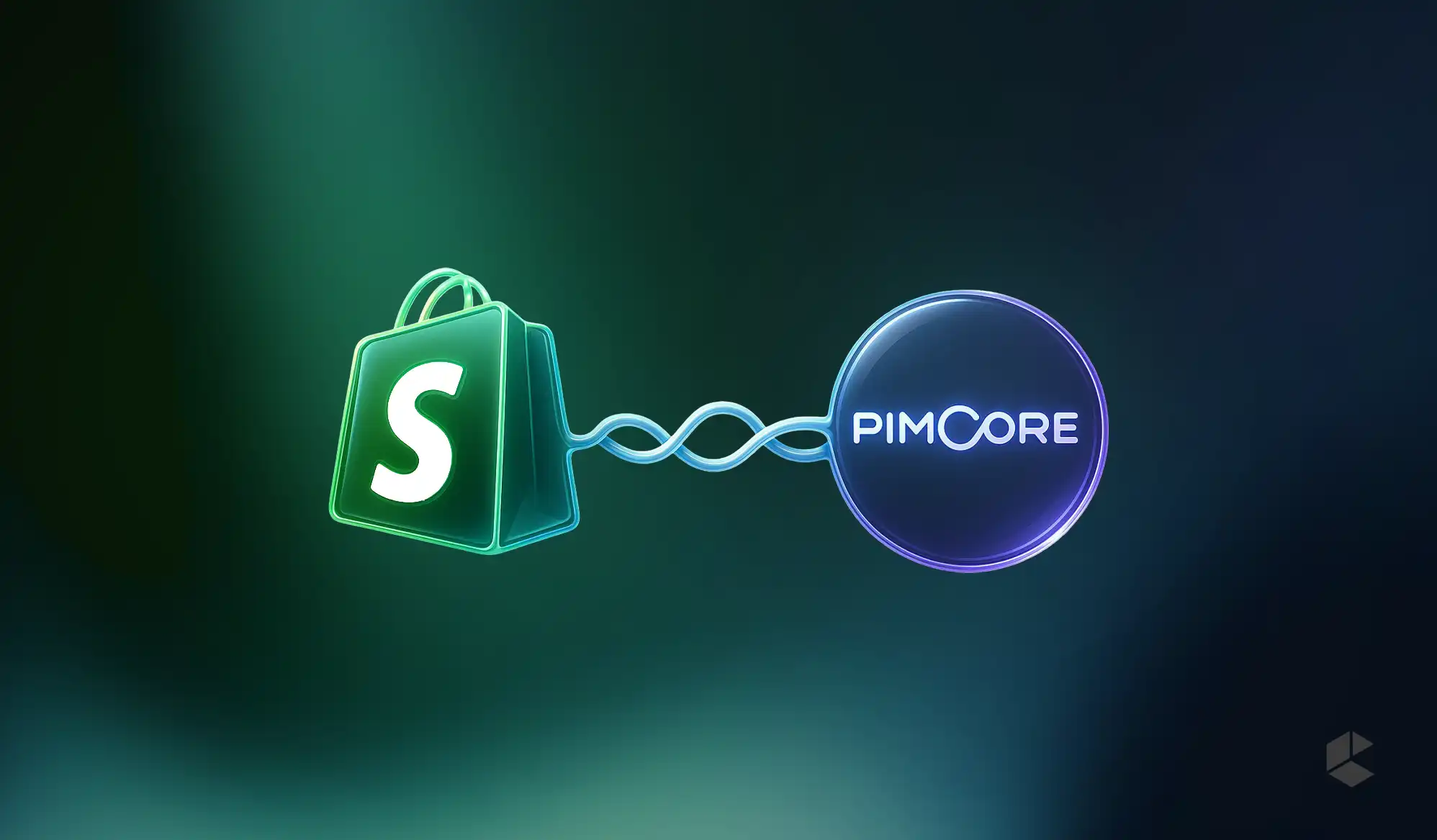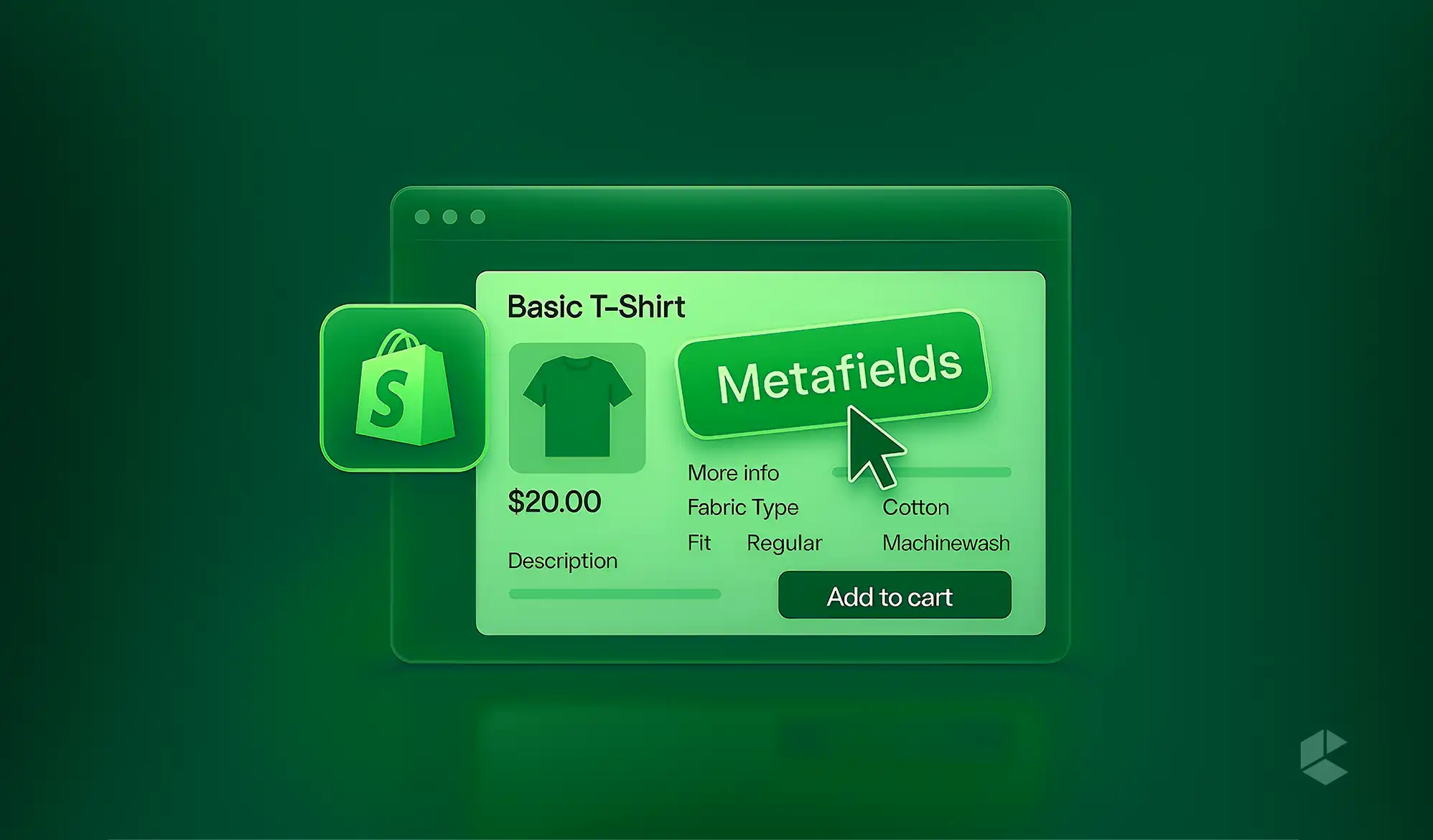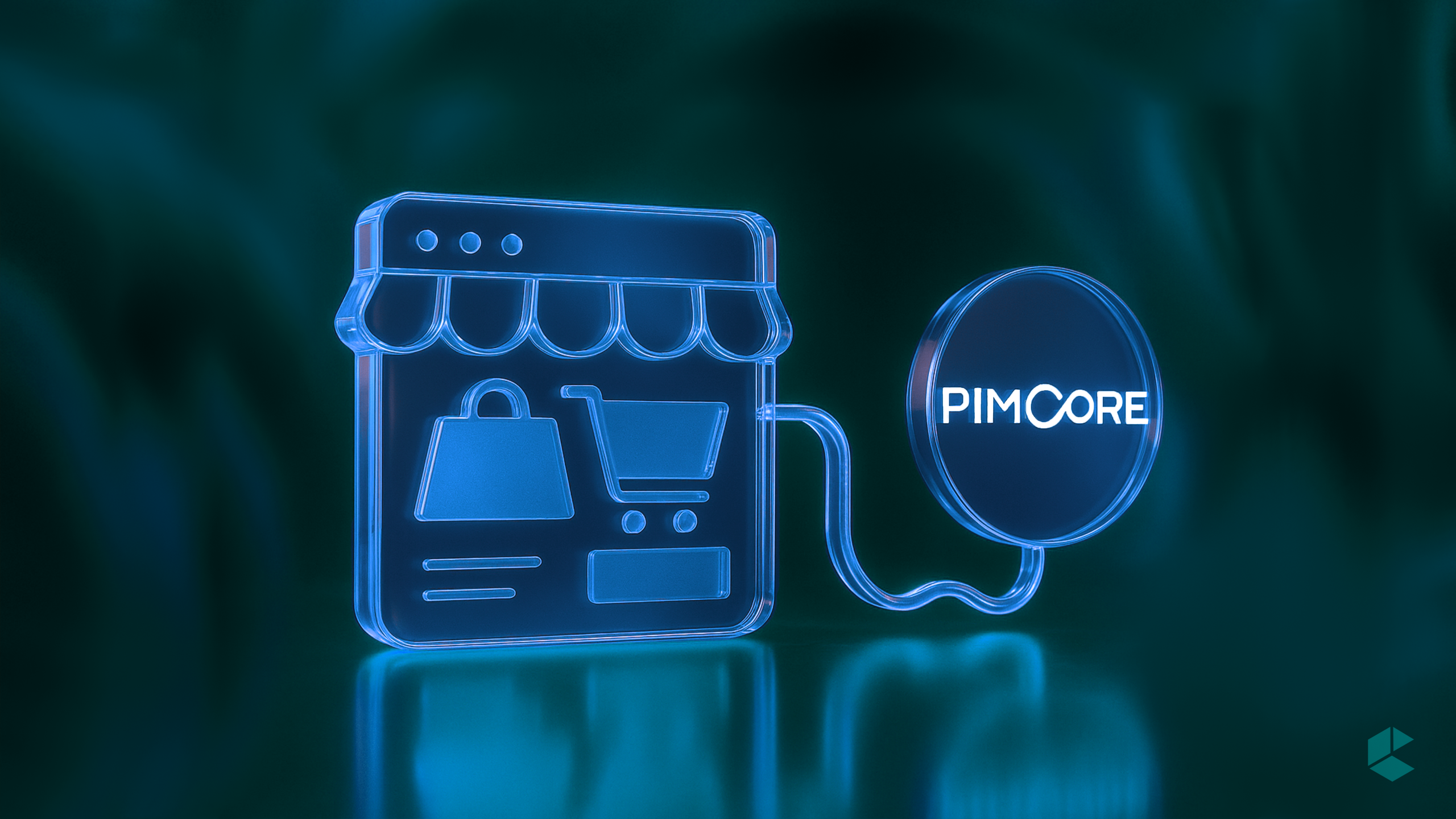In 2023 and beyond, enterprise ecommerce websites need to be on the cutting edge of Development Trends. Let’s look at the top Magento Development Trends that are here to stay.
Magento is among the most widely used platforms for ecommerce website development. Flexible and versatile, it merged with several emerging technologies, delivering stunning user experiences and rich functionality to web apps. The internet has made it almost mandatory to constantly upgrade yourself, as new technologies keep making their appearance with startling frequency.
While the community edition is free to install, we can also use the paid version for Magento enterprise development; this version has several rich features like promotional pricing, customer segments, categories, and so on.
These are the primary reasons why it is globally preferred as an ecommerce platform. So, without further ado, let’s check out the new directions and trends for Magento Web Development.
1. Magento PWA
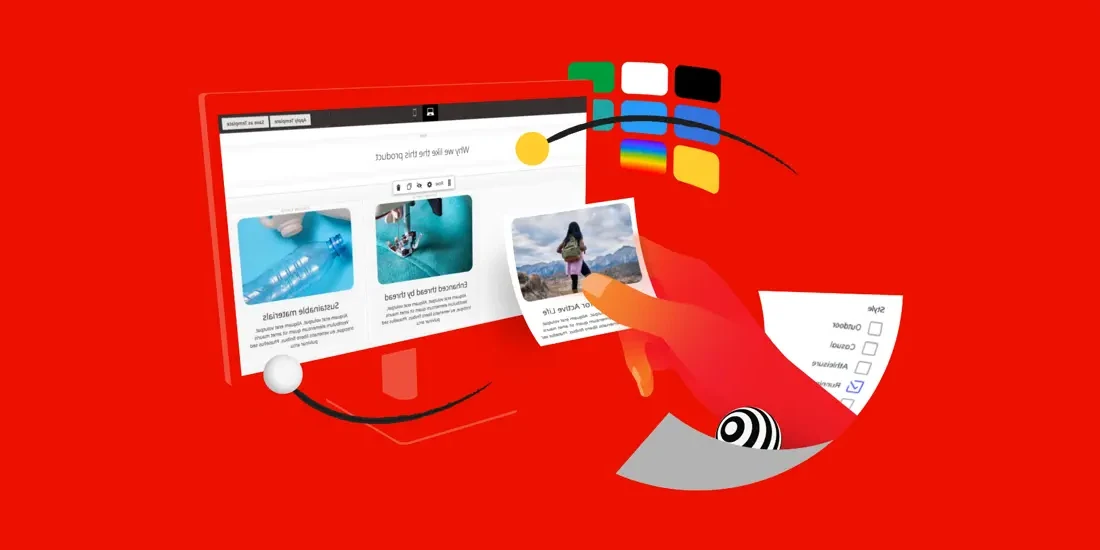
PWA’s are a simpler way of building ecommerce pages and managing front ends. It also helps you to scale while avoiding different bottlenecks such as data management, performance and security management.
At the hands of skilled Progressive web apps developers, PWA’s are very effective in preventing cart abandonment; this means they can help to increase your sales and revenues. To put it simply, a PWA is a web app that looks, feels, and behaves like a mobile app. However, the user does not have to go to the app store and install the app – saving storage space.
It’s fast, efficient, and capable of working offline. Embracing the PWA trend can spike up your revenue by 20%. Today, over 1000 websites are utilizing Magento PWA studio – a Magento tool released for developing PWAs. With PWA integration, ecommerce businesses are witnessing higher revenue figures at reduced investment – as they no longer have to create separate mobile apps for iOS and Android.
2. AR/VR Integration
Numerous AI extensions are available in Magento that allow the development of innovative features for ecommerce stores according to specific business requirements. AI and VR are the future of Magento and are likely to dominate the Magento ecommerce industry for some time to come, as per industry experts. These technologies are futuristic, and are enabling the emergence of new technologies.
They can provide recommendations of products to customers based on past patterns, and are revolutionizing the shopping experience for consumers online. Customers can now take virtual tours and test products virtually to see how a particular placement will look in a specific position, or how an outfit/shoe/eyeglass will suit them, and so on. When you integrate innovative features like this in your Magento store, you can deliver a fantastic user experience to your customers, boosting chances of conversion. Immersive experiences are expected to rise in demand, and retail will increasingly integrate AR and VR in their ecommerce. Reports suggest that the AR- VR market will cross 350 billion USD by 2026, making it one of the biggest Magento design trends today.
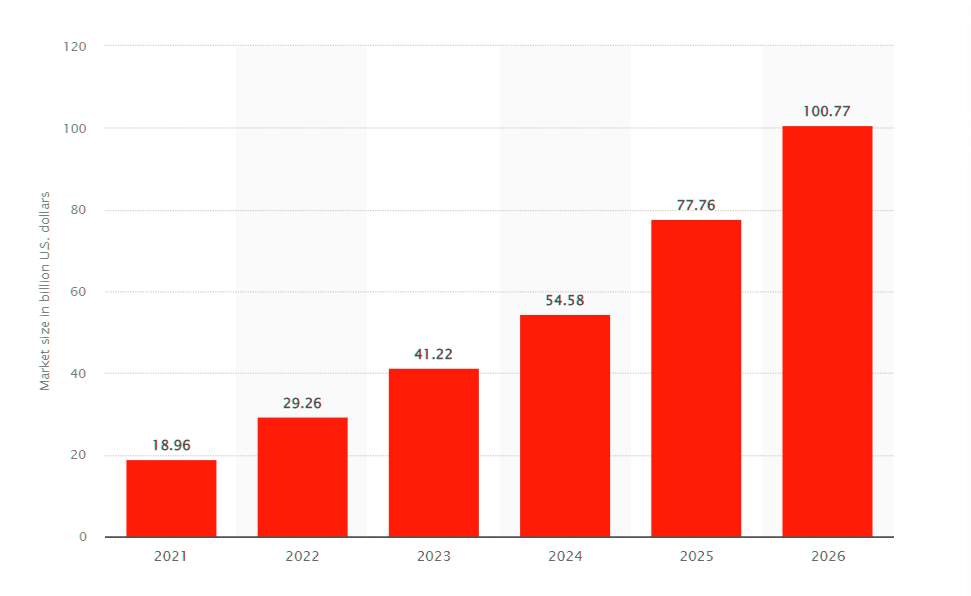
3. Omnichannel Selling
This is one of the Magento development trends that’s here to stay. The omnichannel approach to selling involves granting access to a company’s products to customers across all channels and platforms that the company uses, and on all devices the consumers use. It aims to provide a seamless experience, regardless of what channel or device they use. Magento design inherently supports this method, thanks to its multiple features that enable a seamless shopping experience across ecommerce stores, physical stores, social media platforms, etc. Customer accounts, personalization, order management, and inventory management are some of the main features in Magento that make this possible.
Check out our short film, available on YouTube on how Codilar Unified Phygital Shopping Experience for ALDO ,to see how we put this into action with ALDO in Southeast Asia.
4.Gamification of Ecommerce experiences
It’s said that shipping cost alone causes 31% of the digital shopping cart abandonments.
Gamification to increase visitor engagement has been widely used by SaaS companies such as helpdesk software. Now, we will start seeing more of that on ecommerce websites.This would keep the visitors engaged and interested until they finish the purchase. In turn, this would increase the conversion rates.
For example: Starbucks applies gamification to engage its customers. The brand has developed a loyalty program, My Starbucks Rewards, that enables customers to accumulate points based on their purchases.

The brand also utilizes gamification to reward customers with badges based on their purchases and engagement. For instance, customers who order a drink during their birthday month can receive a badge celebrating their special occasion.
5. Headless commerce
Headless ecommerce has its roots in decoupled architecture, and offers unparalleled flexibility, separating the client side and server side. Each is independent of the other, and it allows retailers to prepare for the future, with consumers shopping via any device that’s connected.
Experts predict that Headless commerce will be adopted by enterprise ecommerce this year and coming years.
A headless Magento store uses Magento for its server-side functions, and a separate technology for the client side. Businesses leverage the inventory management and order processing features of Magento to display product pages, for example. Magento design customization helps deliver tailored client-side rendering for different channels; this means you can customize the display for tablets, computers, and smartphones.
In lieu of this, there are multiple companies including Google starting to provide a headless commerce architecture.
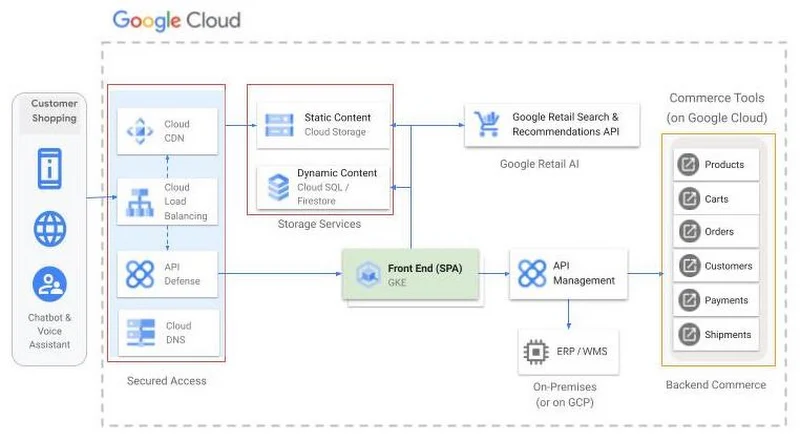
6. Smart searching
Autocomplete, filtering, breadcrumbs and so on are smart search features that help increase customer retention and encourage them to spend more time on your ecommerce site and explore it further. Integrating voice search also helps make search smarter as it reduces customer effort and helps them discover more products and services offered by your company.
7. Advanced PIM
PIM or Product Information Management is today an integral part of ecommerce. It is especially indispensable for retailers who sell a large variety of products that have to be enriched frequently.
In 2023, we’re going to see more and more companies utilizing Pimcore technology on-top of their Magento Store. There are certified Magento Pimcore Integration service providers, who can increase the fully utilized functionality of the PIM architecture.
PIM helps you to sync your printed catalog, marketplaces, POS, and ecommerce to make sure you always display accurate and up-to-date product information. Integrating PIM helps you manage all your product information in a central location, easily editing and updating it.
With Pimcore, you can make offers across categories based on your top trending topics. This will help you align your product offerings with the current market trends.
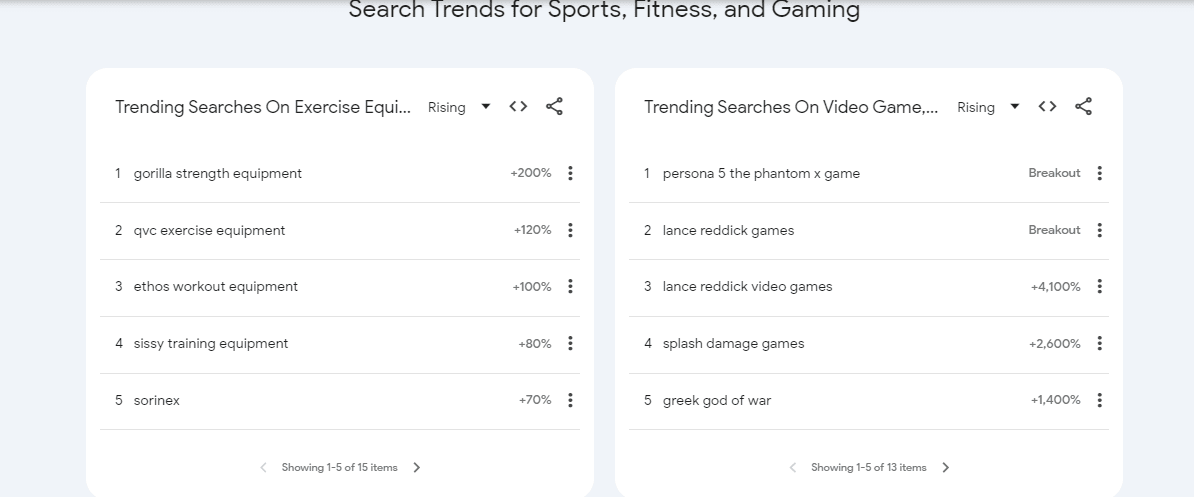
For an ecommerce website, this could potentially mean More Products Sold.
8. Visual Search
Visual search is another of the key Magento development trends in 2023, and enables users to search online using actual images. A large number of users today prefer visual search, and the number is increasing every year. While this tech is still in its infancy, we predict that it will soon be a major trend in Magento ecommerce.
In this year, customizing images to match google lens searches would become a table stakes for top-notch ecommerce experiences.
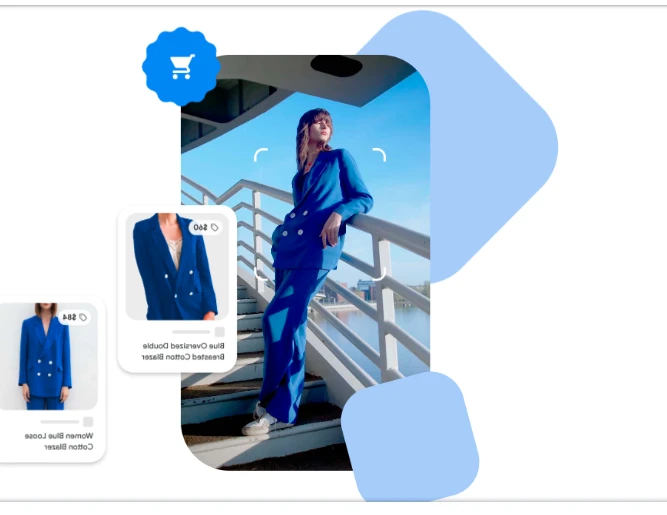
9. Multi-Store Multi-Currency Management
For large companies and enterprises with multiple stores in multiple locations – even different countries which entails the use of multiple currencies, Magento enterprise development is the answer. Its advanced features allow each store to have their own pricing, categorization and segmentation of customers, for instance. Companies can offer their customers enhanced and relevant experiences. You can handle several online stores from a central admin panel, sharing customer and order data easily between websites, using configuration options between the sites. Magento website developers at Codilar can develop Magento stores with multi-currency support that adds value to both your business and your customer.
Customers can pay for purchases in local currency, increasing their trust, and helping them save on currency conversions. They can also see prices in simple rounded numbers, and have a range of payment options. This minimizes abandoned carts, refunds etc. which helps increase revenues for the business.
Read more : How to Setup Magento 2 Multistore |Case Study
10. Multi-Vendor Management
With marketplaces becoming more commonplace globally, multi-vendor management is among the Magento development trends popular this year. It offers buyers with a a vast catalog and much better choices. It can be customized fully with wide-ranging functionalities. The latest Magento version enables the development of sophisticated online stores with cutting-edge functions, and you can easily have a bespoke multi-vendor ecommerce marketplace aligned with your business goals.
11. Improved Personalized Marketing
Magento design customization facilitates the delivery of a comfortable and personalized experience on your website. It recommends products based on customers’ past purchase history and preferences, resulting in a great experience and customer delight. Magento is equipped to understand expectations of modern customers and caters to their requirements. This will give you a competitive edge as well, boosting sales and revenue, and help to market new products easily.
12. Social Media Integration
Social media integration is not the newest of Magento development trends, but it continues to be important for any business that wants to accelerate its success story. Social media helps brands to engage meaningfully with their customers, responding to praise and criticism alike quickly, and giving them a human side.
13. Cross-Device Ecommerce Experiences
The users are going to be increasingly taking their shopping experiences from one device to the next. For example, the users could be browsing on their mobile, but could easily switch to desktop to get a better view of their product.
An ecommerce store should provide consistent and seamless browsing and shopping experiences across multiple user devices.
With this in picture,Google analytics 4 also provides cross device tracking experiences.
Conclusion
Now that you know all the latest Magento development trends in 2023 and going forward, they are going to likely make or break ecommerce businesses. It’s time that you make the decision to upgrade your platform and reap its benefits and stay ahead of the competition.
At Codilar, we have a group of industry experts who can help you choose the best based on your business requirements.
